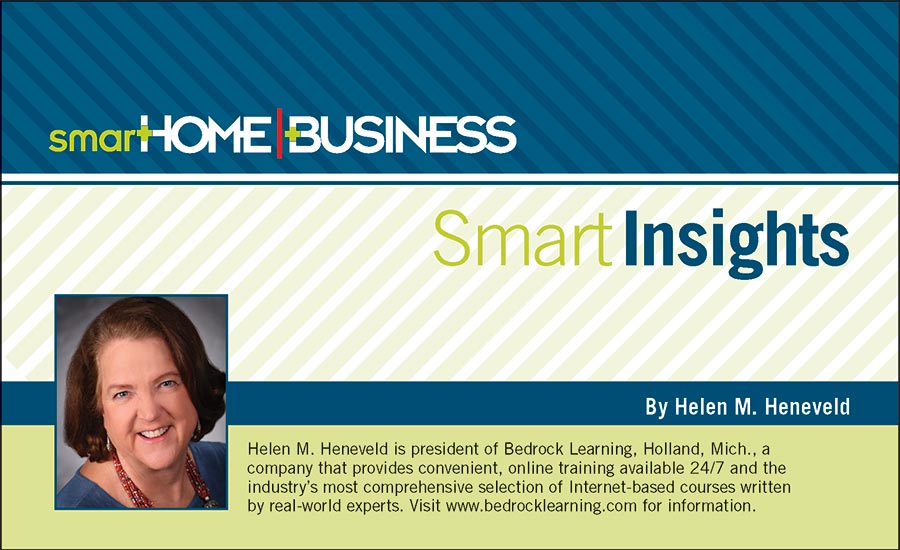It’s been bandied about for 30 years — just about as long as I’ve been in this industry — but it’s still a hot topic and I have yet to see a solid solution. Interoperability is a key issue that keeps coming up. I heard it debated just last week at my favorite industry event, Connections, produced by Dallas-based Parks Associates.
“Interoperability is the next thing, but it’s really hard to make it happen,” said Yilan Jiang, senior research manager at Parks Associates. The interesting thing is that I first learned this term more than 25 years ago at a Connections conference.
Why should you care about interoperability? Because without it, installation and delivery of security systems, access control, smart home management, and integration of IoT (Internet of Things) devices can be a real challenge, causing headaches and angst. This leads to frustration, hours of troubleshooting, and non-billable hours spent to address issues which can hurt business. Add to this the rapid march into the future of converging technologies, ubiquitous connectivity and artificial intelligence (AI) — and interoperability will be ever more important.
Interoperability is defined on Wikipedia as “a characteristic of a product or system, whose interfaces are completely understood to work with other products or systems, at present or in the future, in either implementation or access without any restrictions.” In layman terms, it means having products from different manufacturers communicate and seamlessly work together. Sounds simple, but a few key words stand out: “completely understood,” “in the future,” and “without any restrictions.”
Imagine the scenario where a Brand A thermostat communicates with a Brand B security system, along with Brand C light switches and Brand D electronic door lock. With interoperability, this scenario can happen effortlessly; when someone arrives home, the door unlocks automatically and advises the security system to disarm; it, in turn, tells the thermostat to adjust the temperature and advises the lights to go on if it’s after dark. In today’s world this is happening, but not without specific products that are interoperable and work with each other to make things run smoothly. It’s important for your success to know which products “play nicely” together; the wrong decision on what to install can cause headaches and impact your reputation and future relationships.
Think of LinkedIn as a search engine to find sales prospects. Its power tool is the advanced search feature. Use advanced search to find your ideal customers. Search by location, job title, company size, industry and more. If there are companies you want to sell to, use the company’s LinkedIn business page. You’ll find directories of company employees and can follow the company for updates and events that will help you personalize and customize your interactions.
For devices and systems from different manufacturers to work together and be interoperable, the two product pillars, hardware and software, must be in sync. Hardware connections must be standardized and software must be able to communicate with each other — and that’s where protocols come in. Add the emerging third pillar, artificial intelligence, and things get complicated. AI between systems also must be aligned and smart — smart enough to know who is in charge and what to do. No one wants confusion in the house — like when a security system decides you are home for the night, so it locks the door and turns up the heat, but the thermostat decides it’s time to set back, and your relaxing evening is interrupted with finding blankets, adjusting the temperature manually, and having to unlock the door for your late-night teenager.
Some of my take-aways and trends from the Connections event: Interoperability is more important than ever. People’s expectations are higher, tolerance for problems/quirks is lower, and individual preferences are at the top of their list. Understanding people’s behavior, attitudes and emotions will help deliver true personalization.
As people age and AI becomes better at doing what it does, sensors at work and at home will proliferate, becoming vision sensors used to measure patterns in living and providing “understanding without invading,” a concept well-stated by Nuro Technologies. Pay attention to all aspects of a product — hardware, software and AI. Determine which ones work well together.
And a couple of nuggets from Google: “Be aware speech capabilities will become built-in throughout the home in the next 10 years” and “It’s the instinct where value comes in.”


